Wingspan 16 m Number of seats 2 | Length 8.4 m First flight 1956 | |
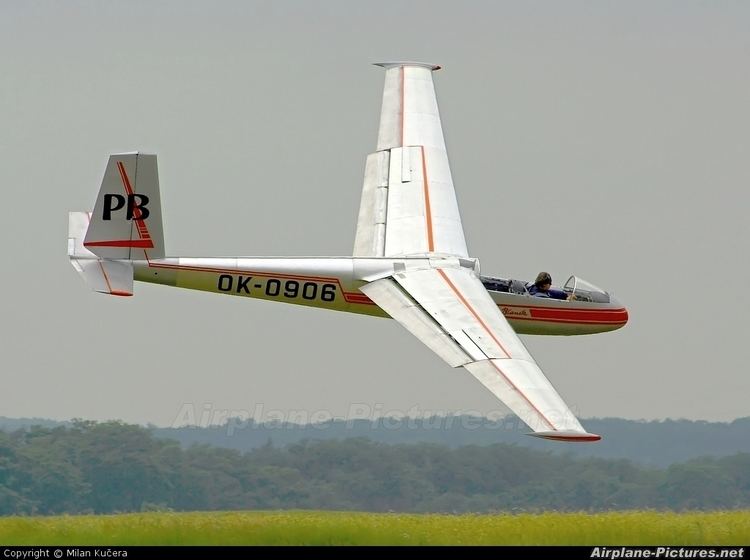 | ||
The L-13 Blaník is a two-seater trainer glider produced by Let Kunovice since 1956. It is the most numerous and widely used glider in the world. In United States Air Force Academy service, it is designated TG-10C and is used for basic flight training.
Contents
- Development L 13
- L 13AC Aerobatic
- Characteristics
- Construction
- 2010 L 13 Main spar failure
- On Display
- Variants
- Military operators
- Civil operators
- Specifications L 13 Blank
- References
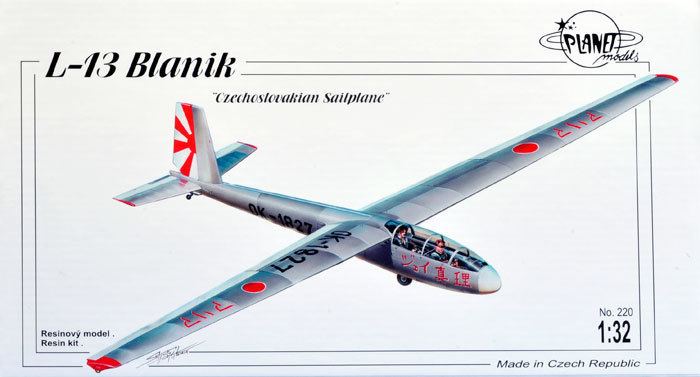
Development L-13
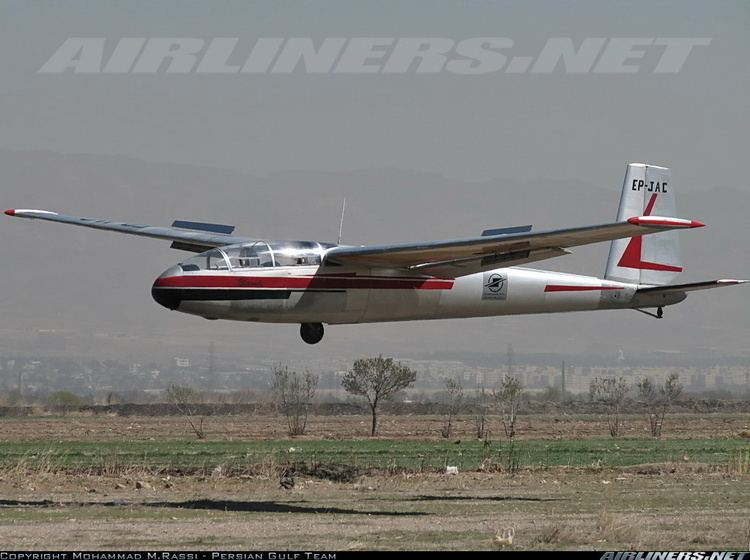
The L-13 Blaník was designed by Karel Dlouhý of VZLÚ Letňany c. 1956, building upon the experience gained with the Letov XLF-207 Laminar, the first Czech glider to employ laminar flow wing profiles. The L-13 was developed as a practical glider suitable for basic flight instruction, aerobatic instruction and cross-country training. This design concept was combined with true and tested technology: metal construction, NACA laminar profiles and many standard-issue components of the Soviet aerospace industry.
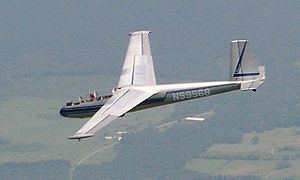
The Blaník entered production in 1958 and quickly gained popularity as an inexpensive, rugged and durable type, which was easy to fly and operate. It was widely adopted in the Soviet bloc and was exported in large numbers to Western Europe and North America. Total production was in excess of 2650, or more than 3000 if variants are included. More than half a century after its first flight it is still the most common glider in the world.
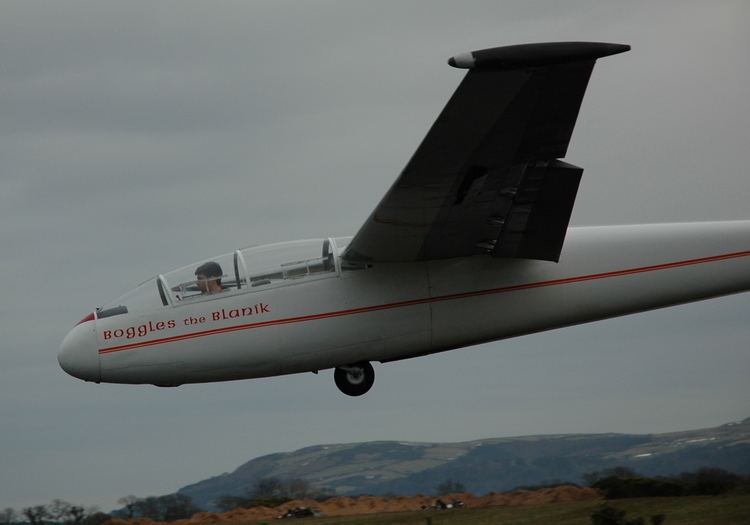
The Blaník achieved many two-seater world distance records during the 1960s. The Blaník inspired other designs, notably the Démant and L-21 Spartak single-seaters developed to equip the Czechoslovak team in the 1956 and 1958 World Championships.
L-13AC (Aerobatic)

As taken from the web side at Blanik America, "the two-seat all-metal L13AC Blaník is an aerobatic version of the L13 Blanik, primarily intended for dual aerobatic training while also used for elementary glider training. It has the same cockpit as the L23 Super Blanik with one piece canopy, the tail of an L13, and shortened L23 wings. The intended users of the L13AC Blaník are clubs, commercial, and military schools where instructors and other pilots are trained in mastering basic aerobatic maneuvers."
As Claimed by Blanik america, "the aim of the L13AC Blanik is to promote instruction in aerobatics, including recoveries from unusual glider attitudes. The availability of this kind of glider, similar to the original Blanik, the most widely used trainer in the world, makes it possible for instructors to refresh their aerobatic skills, and to pass the confidence gained on to their students. The advent of the L13AC Blanik heralds more participation in glider aerobatics, and brings a boost to the sport of soaring."
Characteristics
The effectiveness of the Blaník as a primary trainer is due to a blend of characteristics that facilitate progress of ab initio students towards solo flight, namely: slow landing speed, ample control deflections and an effective rudder. These are in effect typical of wood-and-fabric primary trainers such as the ASK 13, which the Blaník resembles in handling, though not in materials and construction.
The Blaník was originally stressed for simple aerobatics, including inverted flight where the aircraft has a single occupant. As a result of this latter requirement, intermediate level aerobatic training in the Blaník was done in solo flight with the instructor on the ground or in another aircraft. A manufacturer airworthiness directive in June 2010 asserted a prohibition against all aerobatic manoeuvres.
Construction
2010 L-13 Main spar failure
A Blaník L-13 (not an L-13AC which has a different wing and type certificate) was involved in a fatal accident in Austria on 12 June 2010 when a wing spar failed at height, leading to separation of the wing and loss of control of the aircraft. A newspaper report reported the cause of the failure was attributed to fatigue. However, the preliminary investigation revealed that the fracture may have been due to fatigue, and not necessarily from being over stressed. As a precaution, the manufacturer issued an emergency bulletin on 18 June 2010 asserting that each aircraft was to be grounded pending a full inspection of wing spars and compilation of usage patterns from logbook records. Following inspection, the aircraft would be permitted to fly on a non-aerobatic basis only.
On Display
A Blanik L-13 is on display at Yankee Air Museum in Belleville, Michigan
Variants
Military operators
Civil operators
Specifications (L-13 Blaník)
Data from The World's Sailplanes:Die Segelflugzeuge der Welt:Les Planeurs du Monde Volume II
General characteristics
Performance
